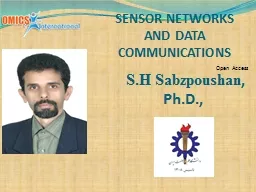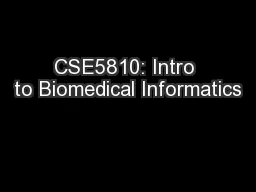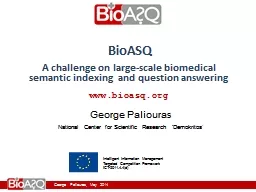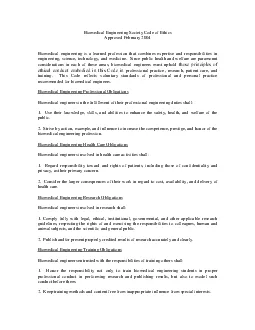PPT-HeartMon TM Biomedical Engineering Solutions
Author : luanne-stotts | Published Date : 2018-11-22
Amir Kamyabnejad Bobby Luk Chen Zhang Eric Boyer Yash Trivedi Outline Motivation Project Overview Hardware Software System Testing Verification Budget ScheduleTimeline
Presentation Embed Code
Download Presentation
Download Presentation The PPT/PDF document "HeartMon TM Biomedical Engineering Solut..." is the property of its rightful owner. Permission is granted to download and print the materials on this website for personal, non-commercial use only, and to display it on your personal computer provided you do not modify the materials and that you retain all copyright notices contained in the materials. By downloading content from our website, you accept the terms of this agreement.
HeartMon TM Biomedical Engineering Solutions: Transcript
Download Rules Of Document
"HeartMon TM Biomedical Engineering Solutions"The content belongs to its owner. You may download and print it for personal use, without modification, and keep all copyright notices. By downloading, you agree to these terms.
Related Documents














